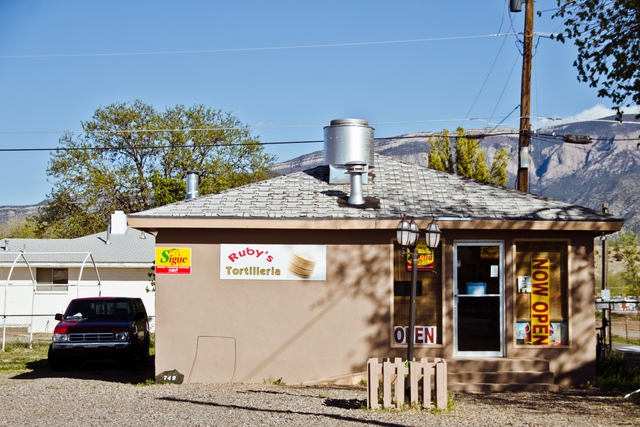Dish Jockey: Melt-In-Your-Mouth Barbacoa In Bernalillo
Ruby's Tortilleria


Andy Garcia
Latest Article|September 3, 2020|Free
::Making Grown Men Cry Since 1992


Andy Garcia
